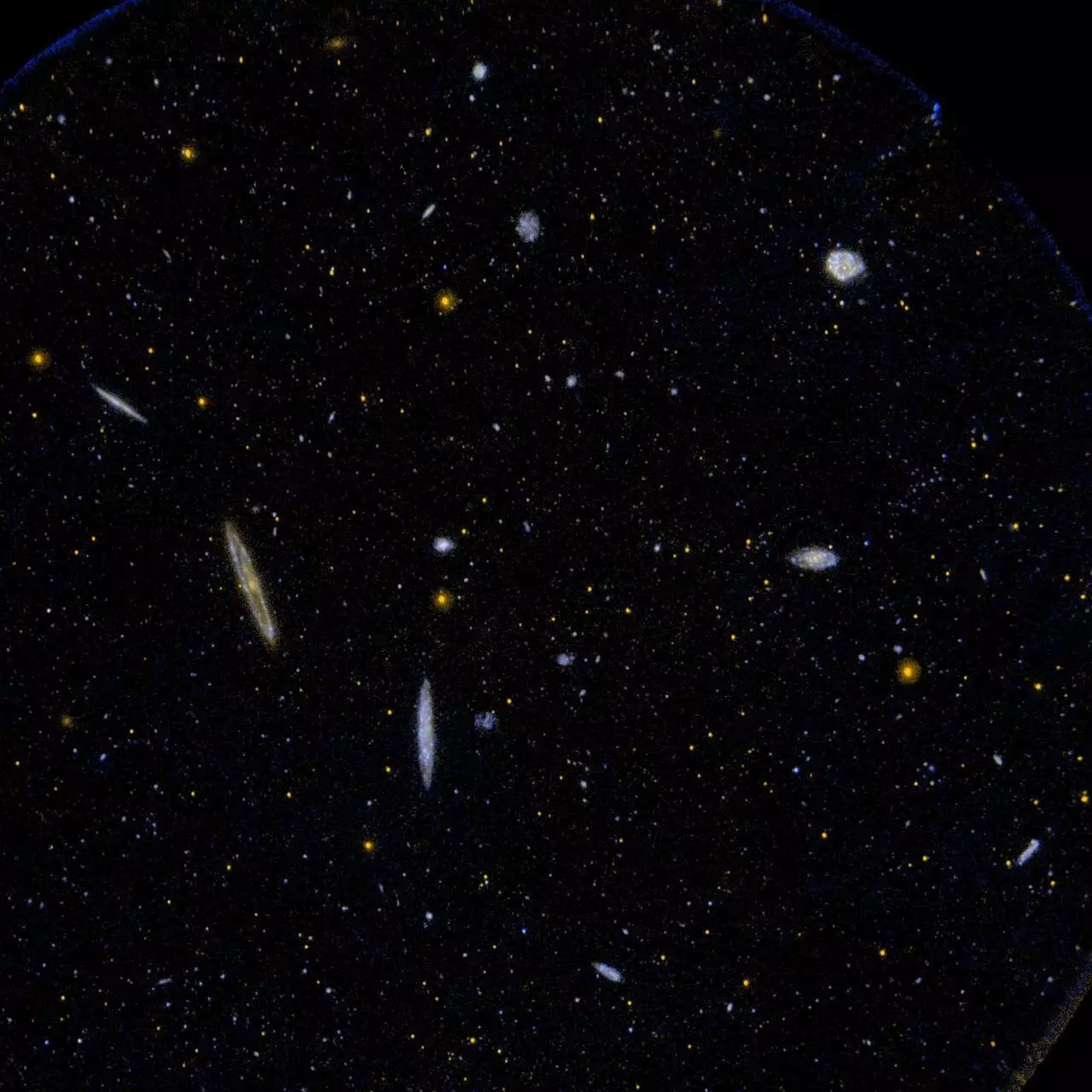Recent advancements in cosmology are prompting a critical reevaluation of established scientific principles, especially concerning the formation and evolution of the universe. A significant study, emerging from the collaborative efforts of Southern Methodist University (SMU) and three other prestigious institutions, has produced findings that suggest our conventional understanding of particle physics and cosmology could be in need of a substantial overhaul. This revelation has ignited an essential debate among physicists: could these deviations from expected outcomes indicate the necessity for new physics to adequately explain the universe’s complexities?
The impetus for this reconsideration lies in data generated by the Dark Energy Spectroscopic Instrument (DESI), which is actively compiling an unprecedented, high-fidelity 3D map of the cosmos. With its advanced observational capabilities, DESI is enabling researchers to measure the absolute mass scale of neutrinos more accurately—a crucial endeavor since neutrinos play a pivotal role in understanding cosmic structure formation. This collaboration involved theoretical physicists from various esteemed institutions, including UC Santa Barbara and Johns Hopkins University, among others. Joel Meyers, an associate professor at SMU and one of the study’s leading proponents, notes that the precision of this data is revealing discrepancies that challenge traditional cosmological theories.
Neutrinos are among the most abundant particles in the universe, yet they remain notoriously elusive and enigmatic. Traditionally, scientists have perceived massive neutrinos as preventing excessive clumping of matter over cosmic history, thus facilitating a uniform distribution of galaxies. However, the findings from DESI indicate a contrasting trend: the clustering of matter within the universe seems to be more pronounced than previously thought. This unexpected enhancement of matter density raises critical questions about the underlying mechanisms at play and points towards potential gaps in our existing models.
For decades, the Standard Model of particle physics has served as the foundational framework for understanding the fundamental interactions governing matter’s behavior. However, the latest findings from Meyers and his colleagues pose a significant challenge to this established doctrine. The implications are twofold: either the current measurements contain systemic errors that could account for the discrepancies, or the results hint at new physics beyond the confines of the Standard Model. This predicament is reminiscent of the “Hubble tension,” which refers to the growing discrepancy between the observed and predicted expansion rates of the universe. Such tensions indicate that our comprehension of cosmology may be fundamentally flawed.
In response to these challenges, the researchers have embarked on a thorough investigation of various scenarios. They contemplate potential modifications to the Standard Model, rather than an outright dismissal, to accommodate these new observations. Additionally, they explore innovative concepts that could elucidate the complexities observed in the DESI data. This approach underscores the iterative nature of scientific inquiry, where new evidence propels the reexamination of established theories. It reflects a commitment to continued exploration and a caution against dismissing the observed anomalies too hastily.
The path forward is fraught with uncertainty, and it may take years before definitive conclusions can be drawn regarding the nature of the findings. Nonetheless, this study serves as a blueprint for future investigations that will further our understanding of the universe. As the scientific community grapples with the implications of these groundbreaking discoveries, it is imperative to maintain an open-minded perspective and pursue avenues that may bridge the gaps in our knowledge.
The revelations from the DESI project could significantly reshape how we conceptualize cosmic evolution and matter’s role within it. As researchers navigate these uncharted territories, they embody the essence of scientific inquiry: challenging established norms, questioning assumptions, and forging new paths toward deeper understanding. The question remains: Will these findings lead to a revolutionary scientific renaissance, fundamentally altering educational paradigms and our grasp of the universe? The answer lies in the continued pursuit of knowledge and inquiry into the cosmos we inhabit.


Leave a Reply